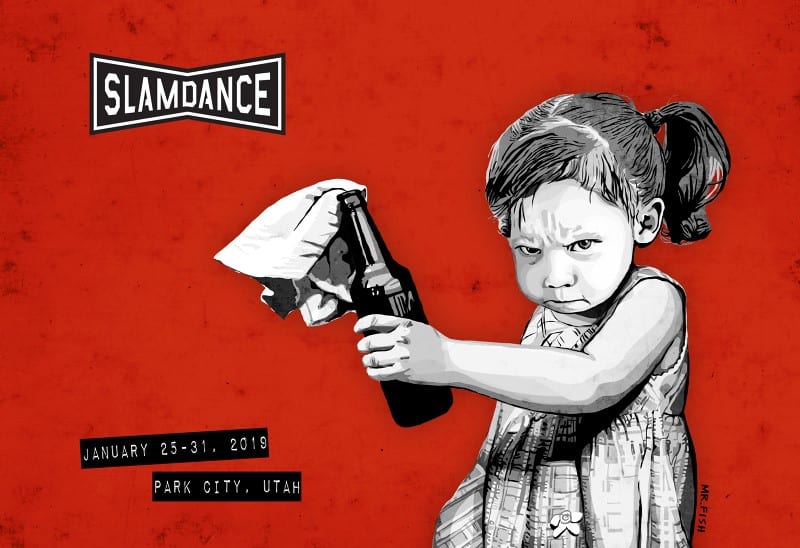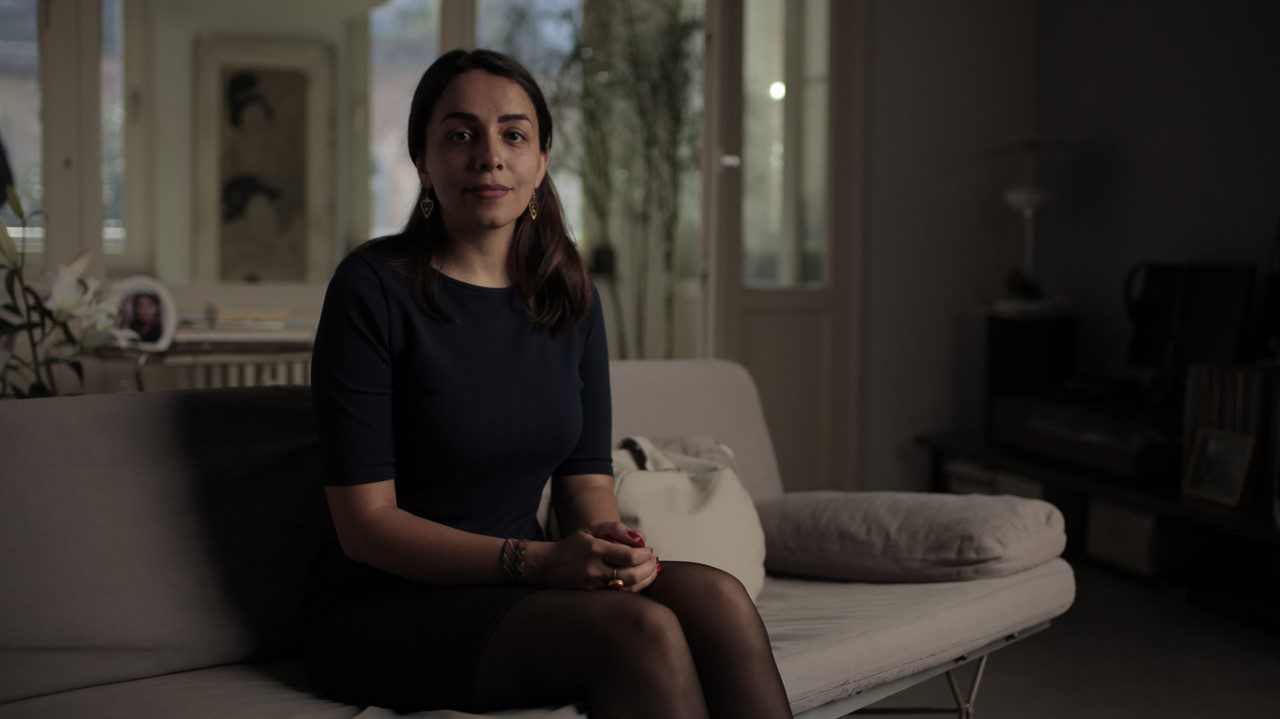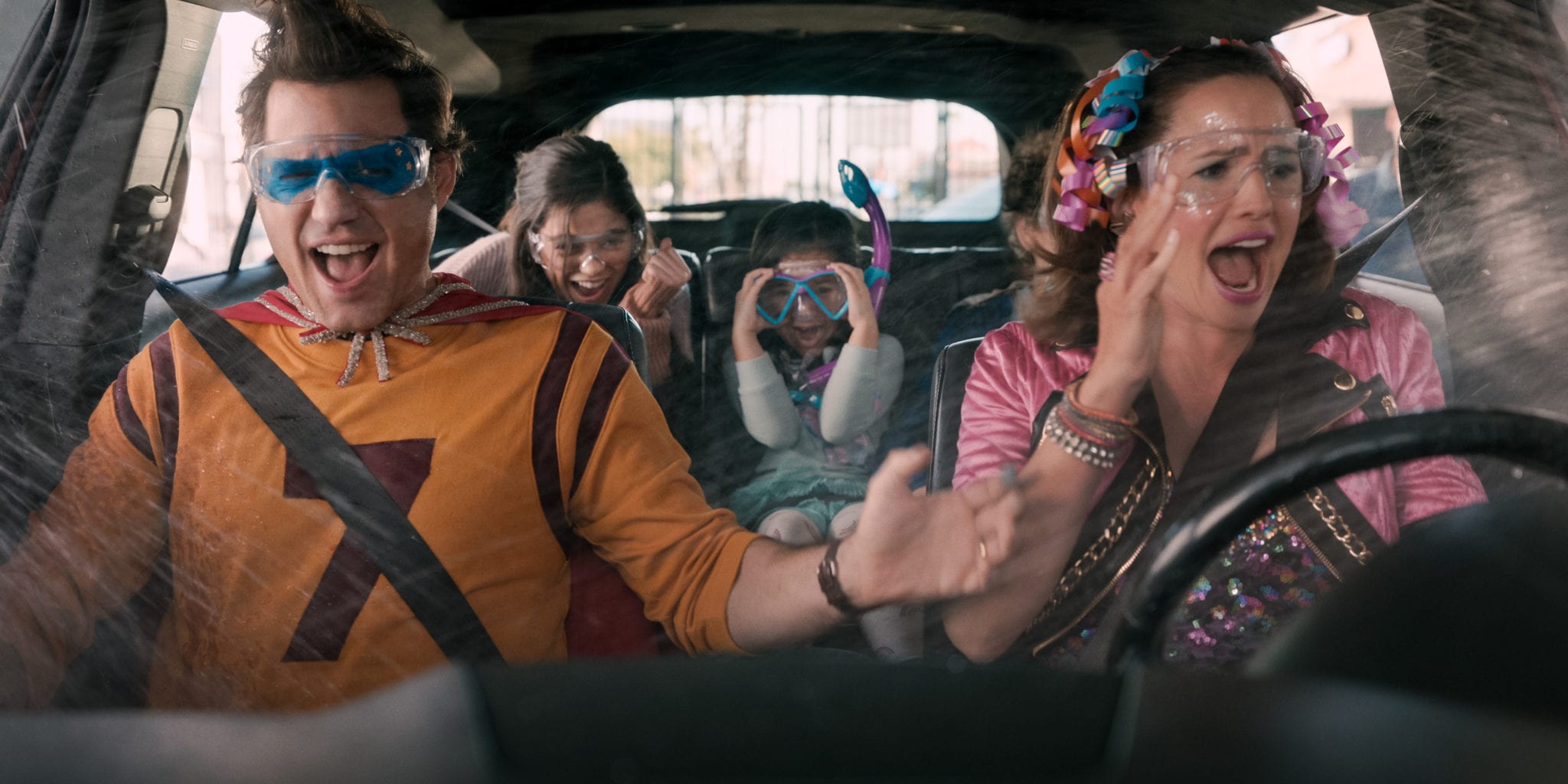Welcome to Slamdance. While most of the world is familiar with the Sundance Film Festival, they may not have heard of Slamdance, a renegade festival also held in Park City, Utah, the same week. Slamdance?s mantra is ?By Filmmakers, For Filmmakers?. It is celebrating its 25th year in 2019, and seeks to serve new and emerging filmmakers. Over 2000 films have screened at Slamdance over the last 24 years, giving important career starts to many filmmakers.
Gun violence continues to be a hot topic in America. In Heidi Yewman?s documentary Behind the Bullet, the focus is on four people who have pulled the trigger. We often see the effects guns have had on victims and families, but what of those who have killed? Yewman?s interest in the subject dates back to the Columbine shooting. She graduated from Columbine prior to the shooting, but one of the victims was her basketball coach. The four people we meet are a woman who has gone through 46 surgeries in five years since a failed suicide attempt; a man who grew up in the streets of South Philadelphia among drugs and crime, who spent ten years in prison for murder after killing someone in a shootout; a man who killed an intruder in his home; and a now 18 year-old boy and his family ten years after he found his mother?s gun and accidentally killed his five year-old brother. As the film rotates between their stories, we learn the ways their pulling a trigger has changed their lives. We hear them express guilt, forgiveness, reconciliation, and suffering. We also see ways in which lives can change for the better by how one moves through the aftermath and the love one receives in that process.
Satire fills Dollhouse: The Eradication of Female Subjectivity from American Popular Culture from writer/director Nicole Brending. It is the fictional story of ?the most successful child star in the history of the world?, Junie Spoons, told in puppet animation. Like a ?where are they now? tv show, it tells of her rise and fall. In the process it looks at the American celebrity culture. Along the way it features various touchstones of pop culture?sexually-charged childhoods, the manufactured images, exploitation by those who should nurture, the media?s and the audience?s role. There are scenes reminiscent of the O. J. car chase, the flap over the exploitation of actresses in Blue Is the Warmest Color, and Caitlyn Jenner?s transformation. Much of the film works well as satire, but it eventually becomes a bit too bizarre to sustain its own story. The film asks us to consider the way much of this exploitation reflects society?s inherent misogyny, or as a note at the end of the credits calls it, ?the actually crazy shit that people do to women.?
?A Great Lamp by Saad Qureshi is a look into the bleakness of life. Max, a skirt-wearing homeless man, goes around town pasting posters of his dead grandmother in hope that someone will remember her. Howie, haunted by his past, connects with Max and they plan to see a rocket launch. Gene spends his day killing time, dressing to go to work at the job he quit months ago. There is emptiness in their lives, but somehow they find something each day to keep them going. The film itself tries to be a bit too artsy. Some of the visual effects are distracting and annoying. And although the plots don?t really connect, they carry ideas that were interesting, but never quite fully developed. An example is to listen to the wishes made on pennies in a fountain and then connecting with those people to fulfill their wish. A title card at the end of the film suggests that this is an example of filmmaking as therapy and that those involved in the film are each seeking their own ways of dealing with life, just as in the film.








